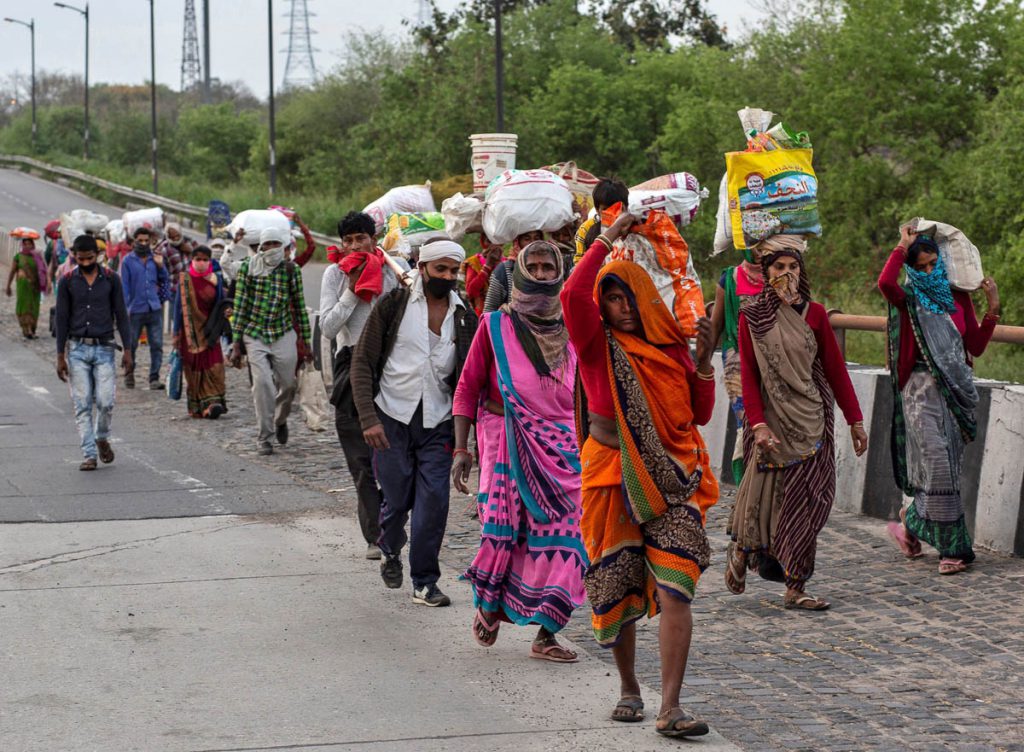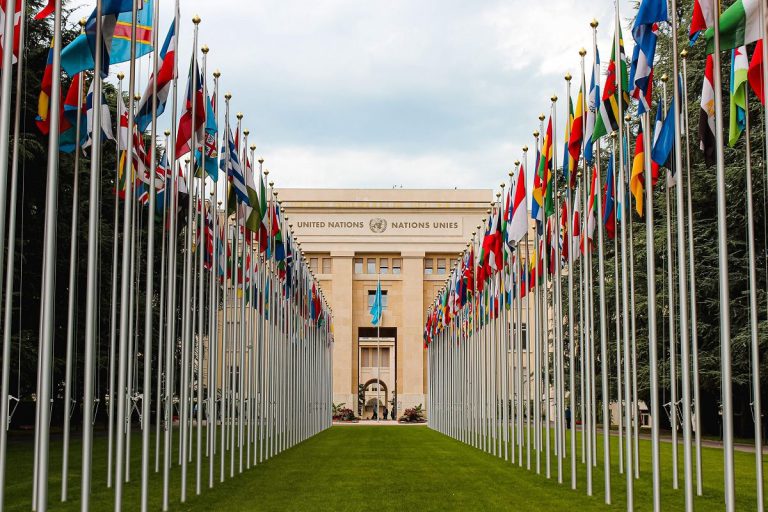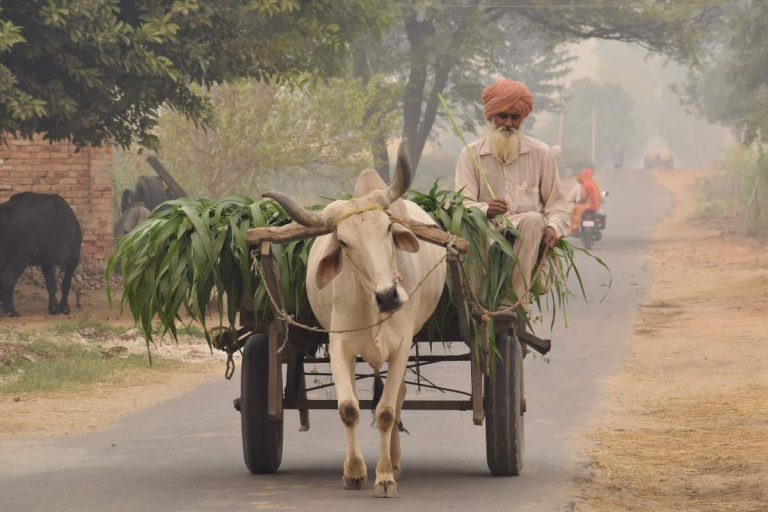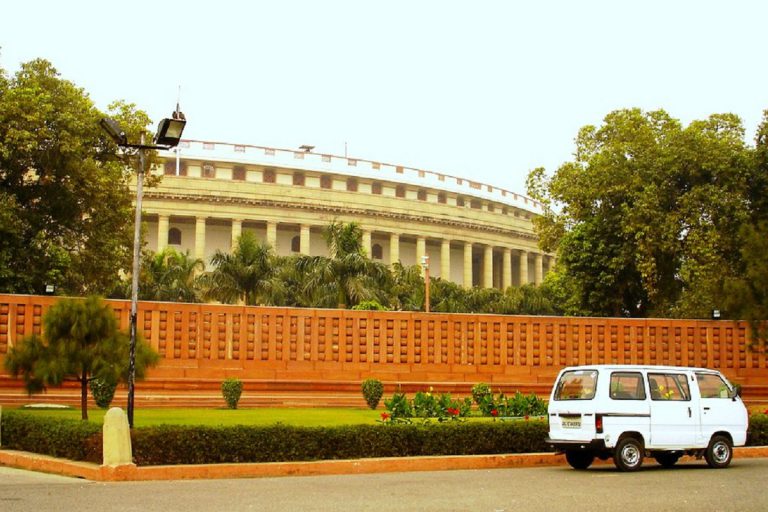Tomorrow, migrant workers will just be added to figures

[responsivevoice_button voice=”US English Female” buttontext=”Read out this poem for me”]
In one of the world’s largest democracies, where the noteworthiness of a particular incident depends on whether it is making it to the 9 pm prime time news or whether it has some communal angle attached to it, the plight of the general citizens often gets lost. Of course, communalism sells. Otherwise, why would millions of ordinary citizens be ready to slit their neighbors’ throat at the merest provocations?
Yet of late, curiously enough, a particular section of our grand nation’s teeming millions has managed to come under the spotlight – curious because this section has neither power, nor money, nor glamour. They are usually so caught up in earning one square meal a day that they do not have time for spewing communal or any hatred. Yet there they are on our television screens, on the front page of our newspapers, indescribable anguish and pain writ large on their faces and blisters on their feet. They are popularly known as the ‘‘migrant labourers”.
Statistics show that an estimated 120 million people migrate from rural to urban areas in search of work across the country. The migration corridors usually originate from states such as Uttar Pradesh, Bihar, Madhya Pradesh, Odisha, and even states from the North East. These people largely get employment in industries such as construction, textile, and brick kilning. Large amounts also work as a domestic help at different metropolitan households.
On the night of 24th March, once the honorable Prime Minister of the country, through his widely televised message, announced a nation-wide lockdown, the people of the country started scampering around to find themselves the most comfortable corner of their homes. A “holiday” spirit took over the country, and people took to social media to express their solidarity with their beloved leader. Of course, the country was scared, scared of an unknown enemy who threatened them with death, and staying at home was necessary.
However, a large section of the population did not find it easy to reach home for practicing social distancing in the first place. The unlucky 120 million migrant workers had just four hours to pack their bags and leave for home. Even before they could fully comprehend what was going on around them, the country had gone into a lockdown – trains had stopped running, bus services had been suspended.
It took some more time for them to feel the full impact of the kick on their fate. They were suddenly out of jobs, out of money, and soon driven out of their rented shacks. As usual, their beloved country had forgotten them. After all, it was not the time to think about votes, was it?
The plight of migrant workers
The country stood witness to something unprecedented over the next few days. Millions of penniless people started walking towards their homes hundreds of miles away – some alone and some with their families. These included pregnant women, children aged between 6 months to 6 years, and even aged people. There was no Moses though to guide them towards the “Promised Land.”
And in the days that followed, a war of words broke out between the center and state over the responsibility of those hapless souls, after all, 120 million votes is not a matter of joke. The center refused to recognize that they had been taken off guard; they had completely forgotten about those who had voted them to power, as is usually the case.
The center ordered the states to ensure the safekeeping of the migrant laborers. When the states declared that they had done so, the reports revealed that the lion’s share had been left out.
A welfare cess is collected by the states and Union territories from all construction-related projects to cater to construction workers under the Building and Other Construction Workers (BOCW) Act. Records show that so far, a total of Rs 52,000 crore has been collected as cess of which Rs 31,000 crore remains unutilized.
The Union Minister for Labour and Employment Santosh Kumar Gangwar last week directed the states to use these excess funds to transfer cash to the bank accounts of the construction workers registered with the labor welfare boards.
In her statement clarifying the relief measures undertaken by the government, our honorable Finance Minister said: “There are 3.5 crore registered workers.”
The government’s records put the number of workers in the construction sector as 5.1 crores with the labor unions putting it at six crores. So what happens to those unregistered 1.5 or 2.5 crores?
The indiscriminate violation of labour rights
The chief architect behind the championing of labor rights was B.R Ambedkar, who worked towards passing the law regarding an eight-hour working day. However, the man was also wise enough to identify the loopholes in the system. According to him, there was a structural inequality that enables the capitalists to make the rules for the laborers.
And the irony inherent in the sentence has been brought to the fore by the decisions of some of the state governments to suspend labor laws in the wake of the recent crisis. Uttar Pradesh, Madhya Pradesh, and Gujarat have taken the lead role, suspending crucial laws for different lengths of time.
The aim is to affect an economic turnaround with the help of improving India’s India’s rank in the ease of doing business index. This, in turn, is expected to attract more foreign direct investments and boost domestic private capital. However, what is striking here is how the states have suspended almost every other essential labor law in a completely undemocratic manner by promulgating ordinances and notifying rules, giving power to the states to suspend the laws without any tripartite discussion.
Ordinances that extend a workday up to 12 hours, for example, don’t have any provision for overtime pay in states such as Madhya Pradesh and Gujarat. Such provisions are available in states such as Uttarakhand, Haryana, Rajasthan, and Himachal Pradesh. The step also gives rise to the apprehension that there might be job losses due to the possibility of getting the job done by a limited number of workers.
The surprising silence of Judiciary
As reports have continued to pour in about accidental deaths of the hapless souls – some meeting their ends on the roads and some on railway tracks, the silence on the part of the authorities have been striking.
The mere submission of the country’s premier court to the whims and wishes of the government has led to the magnification of the suffering. On 7th April, in a petition submitted in the court asking the center to pay the workers their wages, the honorable Chief Justice asked the petitioner why the laborers needed money when they were being fed. Earlier last week, the court declined to take in a plea to transport migrant workers stuck in various places due to the nation-wide lockdown to their respective homes. Justice L Nageswara Rao’s response to the PIL was: ““How can we stop it?”” Ironically, the same court decided to entertain a petition to beautify a palace garden in Rajasthan in the same month.
Easy to blame tough to pacify
The center has ceremoniously introduced a project titled “Vande Bharat” to bring back stranded Indians from overseas. However, surprisingly, the enthusiasm has faded in the case of the stranded internal migrant workers in various parts of the country.
The viewpoint of specific news channels has also been interesting here. While they shouted their larynx off when they saw workers outside the Bandra railways station without any luggage, quickly going on to attach communal angles to it, they have surprisingly remained silent when they saw dead bodies of those same migrant workers lying on the railway tracks or beside the road.
The Messiahs
The active response of the film and sports fraternity and, most importantly, the role of the numerous NGOs have helped bring back at least some sort of positivity in this overall gloomy scenario. They have not only contributed with money but have also come up with essential providences for those in need. Their selfless service, without an eye for publicity, has impressed everyone. And they have n’t been alone. Citizens from all strata of the society have come up with assistance for those in need. However, a lot remains to be done, though.
The ice has finally been broken
The center is finally waking up to the suffering of the workers. Trains have started to run, taking the migrant workers home. However, a government not new to controversies steered up a storm there as well as their policies on fares gave rise to horror and outrage among the people. The states from which the trains were to originate were asked to collect 15 percent of the overall price from the passengers. Other political parties burst in to take advantage of the situation with the center, later clarifying that it was up to the home states and not the workers to pay the fares, which were already subsidized by 85 percent. The center reports that so far, two million migrant workers have been transported to their homes on the Shramik specials.
The road ahead
For the sake of the helpless millions, the country prays that a suitable solution to the migrant problem is found soon. The efforts being undertaken need to be recognized. And hopefully, those in charge of the billions will be successful in successfully negotiating this unforeseen crisis.
Featured Image Credits: Al Jazeera









Readers' Reviews (3 replies)